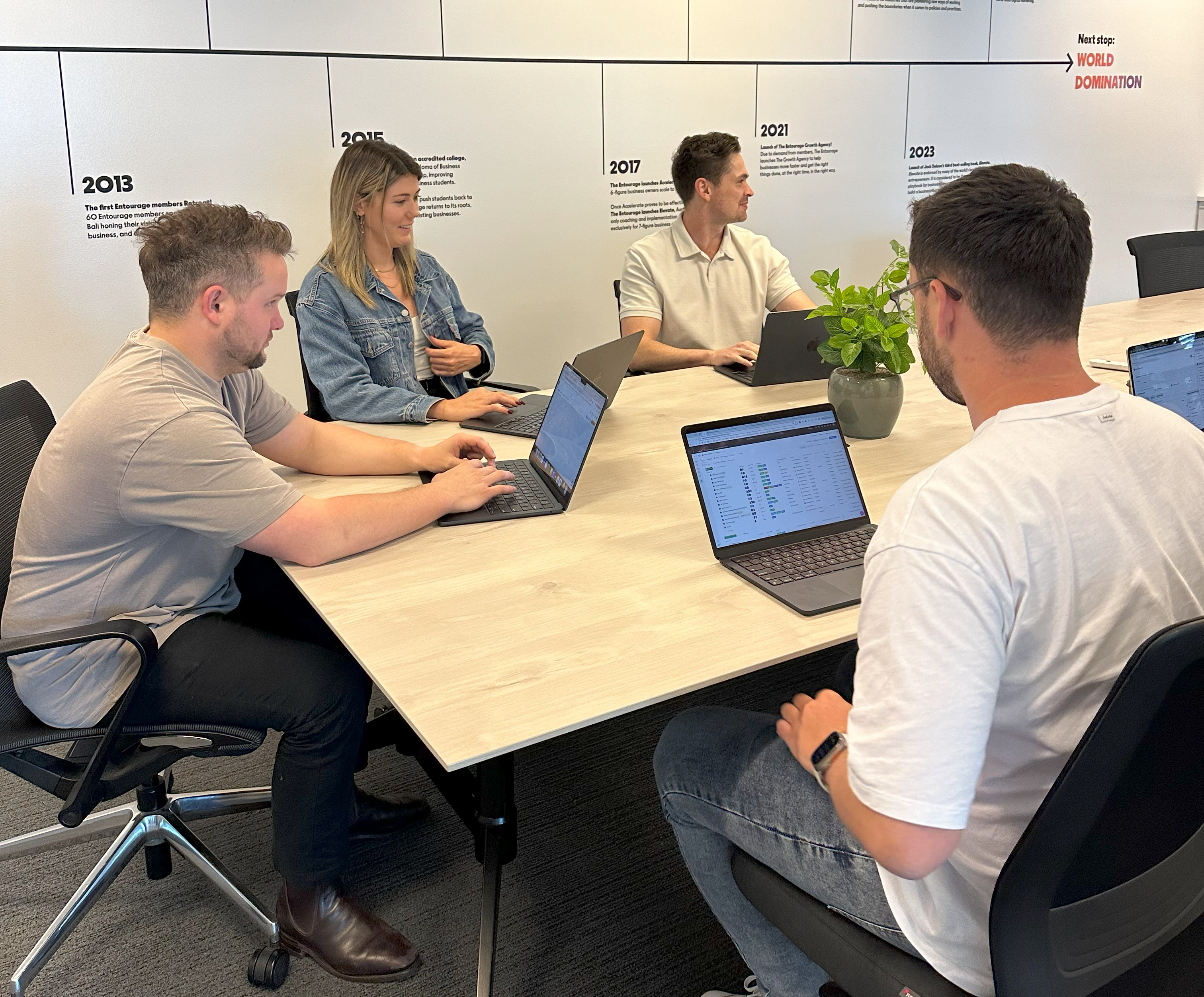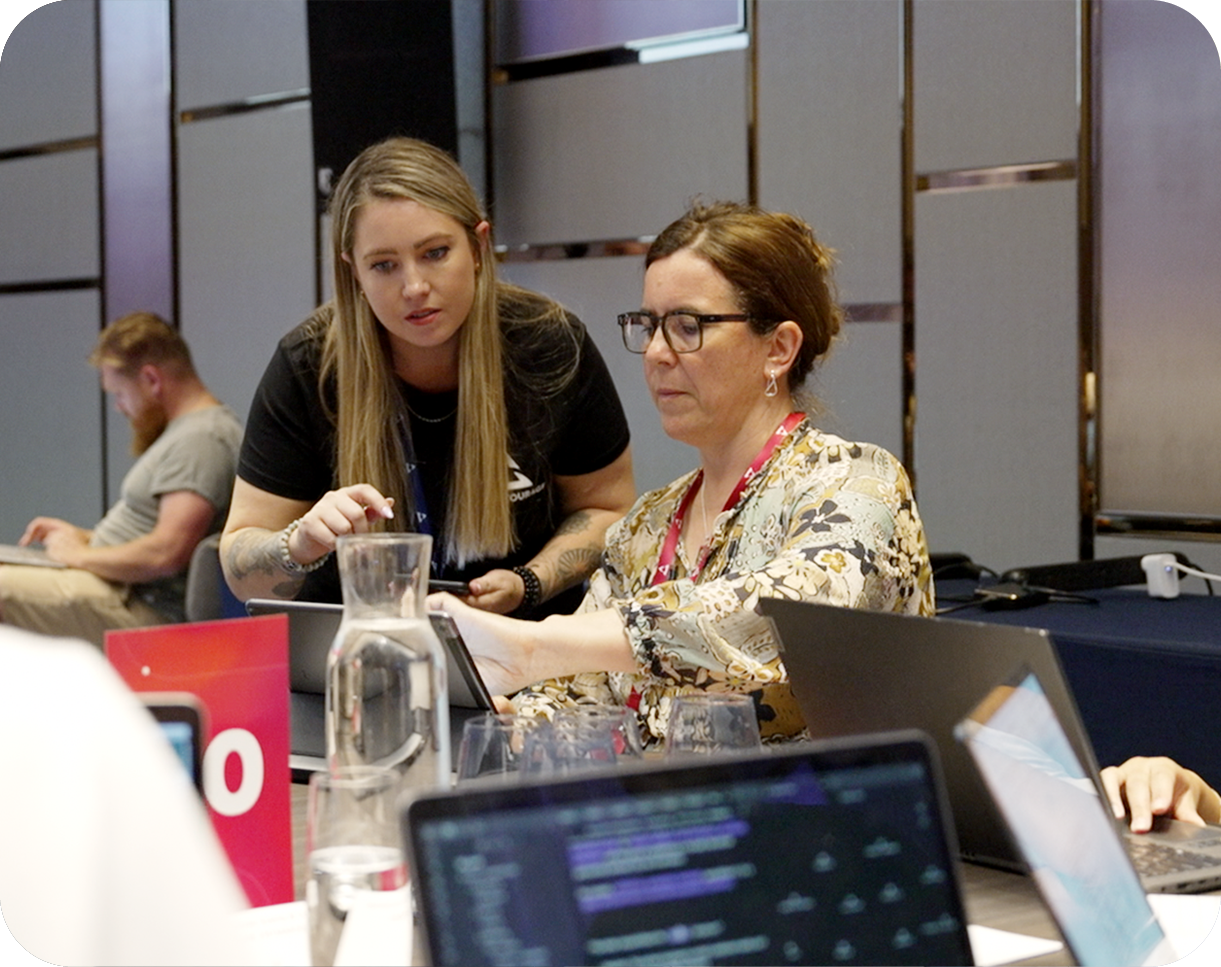So far, our transition to the digital industrial age has been defined by three key advancements: tailored SaaS solutions, cyber awareness, and hybrid work models. SaaS innovations support remote or hybrid work arrangements, allowing enterprises to take on new decentralised structures and providing improved opportunities for scalability.
But with this additional digital flexibility comes growing concerns of security breaches, as remote workers are vulnerable to a cyberattack that can then infiltrate enterprise networks and access sensitive business data. It can also be difficult to pinpoint the exact source of a security breach in a decentralised workforce.
Thankfully, however, with the right tools and strategies, hybrid teams can keep their devices, business data, and other digital company assets secure. Here are just some of the key digital security essentials that will best support hybrid teams in their cybersecurity efforts.
Cybersecurity protocols
It’s imperative for professional teams to be on the same page and maintain consistent processes when supporting cybersecurity in corporate settings. This helps drastically reduce the risks of your enterprise experiencing a security breach, and enables your business to retrace its steps and better pinpoint the weaknesses in your cybersecurity strategy if you do experience a breach.
Your cybersecurity protocols don’t have to be overly complicated, but they should be a significant priority to invest in. Even simple digital security rules (like don’t leave your computer unlocked when unattended) can be enough to prevent internal digital breaches. Here are some other more common cybersecurity protocols that most remote and hybrid teams can benefit from:
Password protect sensitive data & documents
Accessing sensitive data must be conducted with absolute care and confidentiality, so password protecting files and documents is a must for any remote or hybrid team. You can easily password protect your PDFs, Word documents, and even Excel spreadsheets on all devices.
Your cybersecurity policy should outline which data files should be password protected and how these passwords are best maintained and communicated. For example, department leaders may file passwords in digital assets that are utilised only within that team. Similarly, departments can oversee their own password update processes to ensure that consistent, controlled access to sensitive documents is maintained. If these files need to be shared with external stakeholders (i.e. investors, business partners, etc.), they can be downloaded in PDF format.
Use only designated login credentials
Did you ever work in an office with swipe card access? The benefit of these secure access controls is that only authorised personnel were able to gain entry to particular zones or areas. Security breaches could easily be investigated by checking access logs and putting names to swipe codes.
Your company’s digital login credentials should be utilised in much the same way. By establishing designated logins for each member of your remote or hybrid team, business managers can simplify the process of conducting cyber investigations in the event that a security breach does occur.
Change your passwords every two weeks
Maintaining designated digital login credentials is only effective if those login codes don’t fall into the wrong hands. The solution to this evergreen cyber concern is keeping login codes fresh. By changing account passwords routinely, leaked login codes shouldn’t pose too much of a security risk for your enterprise.
This is why routine password updates have become such a common security protocol in telecommunications and financial service sectors, as professionals working in these industries have to handle a higher than average volume of sensitive client data. Remote and hybrid teams can maintain this practice easily by using dedicated password managers.
Use VPNs, firewalls, and antivirus
Remote teams can further support the strength of their digital systems by ensuring they use VPNs (virtual private networks), firewalls, and antivirus software on their work devices. These security measures provide a first line of defence against common cyber threats, including malware and potential scams online.
Enterprises are encouraged to purchase VPN, firewall, and antivirus software packages for remote and hybrid teams and ensure all company devices have these assets installed upon onboarding new staff. Staff onboarding should also include training resources on how to utilise these digital security measures to ensure that they’re always active.
Update devices regularly
Software and device updates are designed by tech and SaaS developers to provide not just new app or device features, but also security patches. These are generally produced in response to potential bugs and other emerging or evolving cyber threats that could affect software or device users. Keeping your software and devices up-to-date will help drastically reduce risks of you or your coworkers experiencing a cyberattack or data breach.
Conduct routine cybersecurity audits
This is one for your ICT team and any in-house digital security experts. Whilst consistency is key when it comes to maintaining your cybersecurity strategy and practices, it’s also important to keep in mind that digital threats are constantly evolving and as such, the strongest attribute for any remote or hybrid team is the ability to stay adaptable.
Conducting regular cybersecurity audits across all your departments can help your enterprise maintain a proactive approach to addressing system vulnerabilities. Routine audits can also help ensure your digital security protocols are updated in accordance with evolving industry trends and standards.
Cybersecurity training
They say that digital awareness is foundational to any cybersecurity protocol. After all, there’s a big difference between prescribing an action to somebody and explaining why that action is necessary. If a staff member is fully aware of what’s at stake if they fail to update their passwords or use their own staff login credentials, then they’ll be more likely to abide by those security protocols.
This is what makes routine cybersecurity training a vital investment for all hybrid teams. Even simply implementing scheduled digital security training modules can greatly aid in reducing your company’s risks of falling victim to a cyberattack.
However, training your staff on the design and efficacy of your cybersecurity protocols isn’t a perfect failsafe. Your enterprise can fall victim to a cyberattack even if your team follows the protocol to a tee – mainly because hackers and cybercriminals are more cunning than we often anticipate.
If your staff do hold suspicions that they’ve fallen victim to a digital scam or cyberattack, it’s imperative that they know how to report the incident to your internal ICT team. Include these reporting processes, but also add cyberattack detection training into your cybersecurity training modules, so your staff will be equipped to actively respond if necessary.
Dedicated company devices
In much the same way that your staff should only use their own login credentials when accessing company data remotely, enterprises should also make sure that staff never conduct business on unsecured personal devices.
Interacting with digital company assets on personal devices can provide opportunistic hackers with backdoor access to your business data or intranet. Similarly, using the same devices for both leisure and business arguably puts you at risk of falling victim to a cyberattack twice, with hackers potentially being able to gain access to your personal accounts as well as sensitive business data.
Considering the exponentially increasing risks of using personal devices for professional purposes, investing in company devices becomes a no-brainer. Electronic devices like laptops and desktops are considered to be business equipment and are typically tax deductible business expenses. Dedicated company devices for your remote or hybrid employees are really a zero-cost investment that will boost your company’s digital security.
Cloud-based networks
One of the key benefits of maintaining a hybrid or remote workforce is that your enterprise can stay agile and scalable. Reducing office lease rates and other overhead costs allow businesses to utilise their operational budgets elsewhere, including to fund digital transformation investments.
But how do you make sure your hybrid or remote teams are using the same processes and platforms? And how do you ensure your enterprise workflows stay cohesive between teams and staff members? Cloud-based SaaS solutions address both of these digital era pain points by allowing modern businesses the opportunity to develop and maintain tailored digital systems without the need for on-site server storage or network infrastructure. Cloud networks also easily support the development of corporate intranet systems that can be remotely accessed with improved digital security.
However, whilst cloud networks do provide a level of security and flexibility for remote and hybrid workplaces, these networks still aren’t entirely invulnerable to cyberattack.
Secure access controls
Implementing cloud-based networks doesn’t occur in any organisation without first considering what digital security processes will be required to support that infrastructure. Secure access processes like multi-factor authentication play a huge role in supporting digital privacy for enterprises but also for individuals in day-to-day life.
There are many types of biometric authentication, such as key card authentication, and other physical security tokens (i.e. key fobs for staff or day passes for guests). For remote teams, secure access controls are more likely to be MFA or 2FA (multi-factor or two-factor authentication). Some MFA/2FA methods may involve sending authorisation codes to employee’s personal devices to confirm identification.
In the context of enterprise cloud security, platforms may include built-in Identity & Access Management (IAM) techniques to further avoid risks of forged MFA/2FA processes (i.e. identification codes sent via SMS text by unauthorised parties). These built-in IAM techniques allow remote and hybrid teams to maintain greater control and confidence over their secure access controls.
AI antivirus and system monitoring
The growing importance of cybersecurity ties in with the arrival of the digital industrial age (or Industry 4.0). The digitisation of enterprises has in turn been the catalyst for the popularisation of remote or hybrid work models, but it’s also opened the door for cybercriminals.
With the rapid development of technologies like AI and machine learning, malware has in turn evolved to adopt these same capabilities. Using machine learning processes, malware can effectively ‘learn’ and adapt to antivirus solutions.
The good news is that antivirus software developers have also started utilising AI and ML to produce antivirus solutions that utilise the same process. These technologies are also being used by SaaS developers to produce business software with self-monitoring and self-diagnosing capabilities.
With the ever-looming threat of digital security risks, the advancement of cloud system monitoring and threat identification supports digitising enterprises in embracing industry technologies without having to sacrifice on company security.
Invest in dynamic cybersecurity infrastructure for your digital enterprise
Cybersecurity protocols are integral to all enterprises in the digital age. As more organisations adopt remote or hybrid work arrangements and integrate business software into their daily operations, your digital security processes will help keep your systems online and your workflows at peak productivity.
Investments in business technologies are also becoming crucial to maintaining performance, as enterprises gain a competitive edge by utilising business automation software and real-time data analytics solutions to streamline operational processes. If these technologies are projected to become a quintessential component of your business operations over the digital transformation, implementing them securely with supporting cyberprotocols is a step that your enterprise must take right now.
With these security-first investments, businesses can ensure that their systems are ready for the age of digital transformation and the inherent security concerns that inevitably accompany evolving technologies.
Related Categories
Ryan Terrey
As Director of Marketing at The Entourage, Ryan Terrey is primarily focused on driving growth for companies through lead generation strategies. With a strong background in SEO/SEM, PPC and CRO from working in Sympli and InfoTrack, Ryan not only helps The Entourage brand grow and reach our target audience through campaigns that are creative, insightful and analytically driven, but also that of our 6, 7 and 8 figure members' audiences too.





